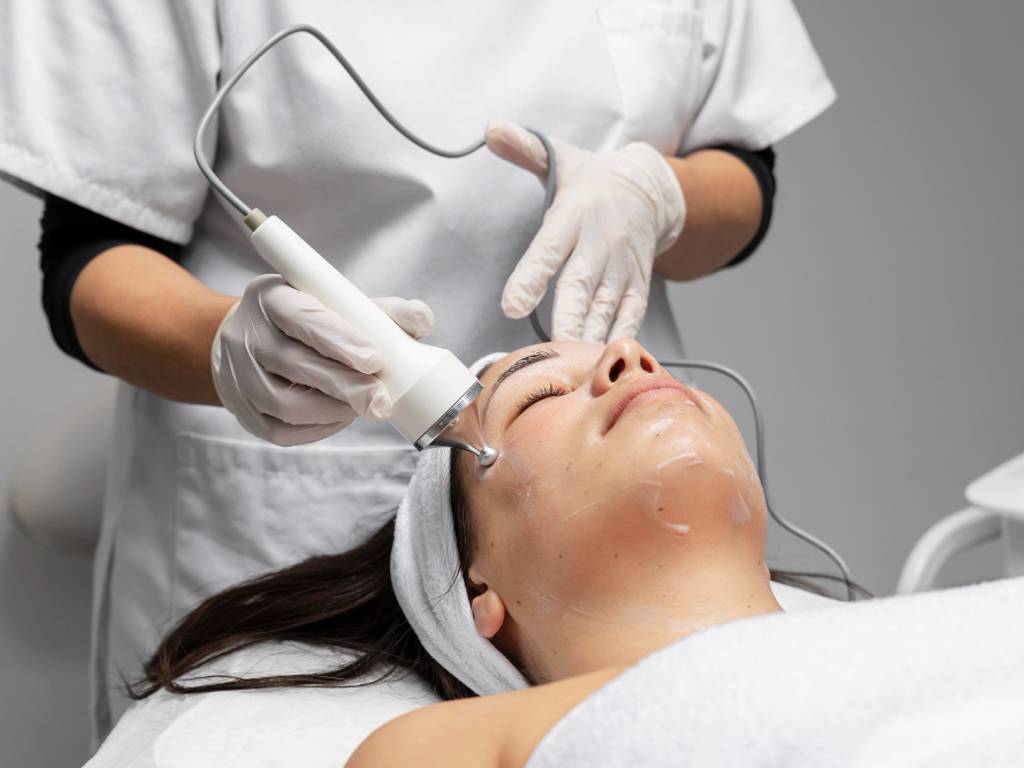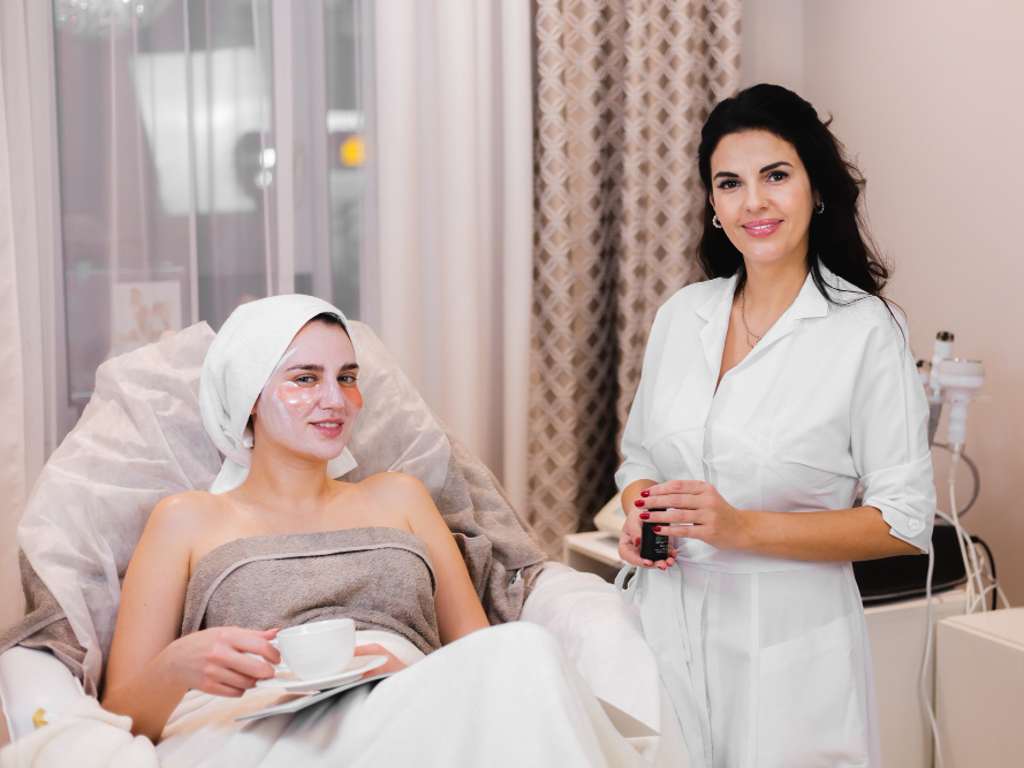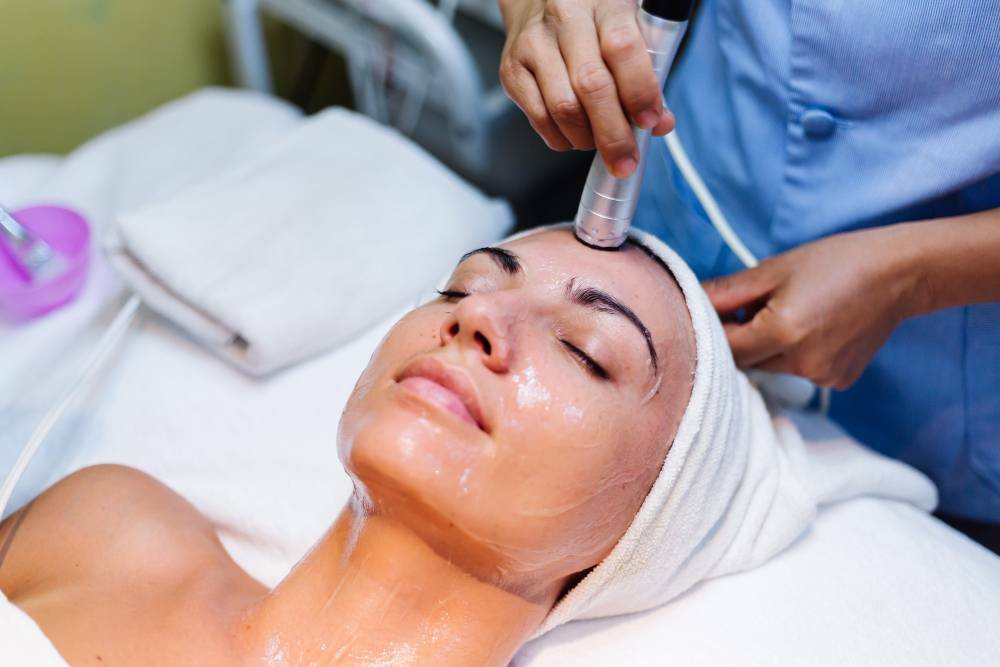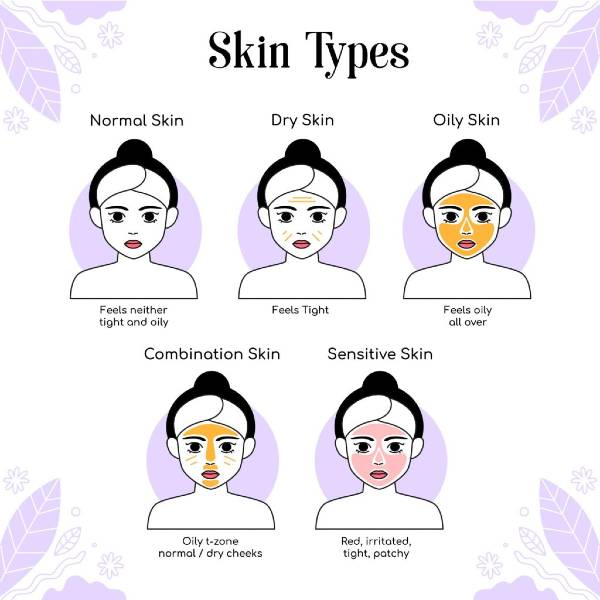Welcome to the ultimate guide to skin care treatments! If you’ve been longing for that radiant, glowing complexion, then this blog post is just what you need. We understand how important it is to take care of your skin and feel confident in your own skin. With so many different types of skin care treatments available today, it can be overwhelming to know which ones are right for you. Don’t worry though, we’ve got you covered!
In this comprehensive guide, we’ll delve into the world of skin care treatments and explore their pros and cons. Whether you’re dealing with acne-prone skin or want to combat signs of aging, there’s a treatment out there that can address your specific concerns.
But wait, before jumping straight into the details of each treatment option, let’s determine which one may be best suited for your unique needs. After all, everyone’s skin is different and requires individualized attention.
And hey – did you know that the time of year can actually influence the effectiveness of certain treatments? That’s right! We’ll also discuss when is the best time to schedule those rejuvenating sessions based on seasonal changes.
No matter what time of year it is or what treatment you choose; we have some valuable tips to ensure healthy and vibrant-looking skin all year round.
So sit back, relax (with a face mask on if you’d like), and let’s dive deep into the wonderful world of skincare treatments together!
The Different Types of Skin Care Treatments

Image by Freepik
When it comes to skincare treatments, the options are endless. From facials to chemical peels and everything in between, there’s a treatment for every skin concern out there.
One popular type of treatment is the facial. Facials can help cleanse, exfoliate, and hydrate your skin, leaving you with a fresh and rejuvenated complexion. They often involve steam to open up your pores followed by various masks or serums tailored to your specific needs.
Chemical peels are another effective option for addressing common skin issues such as acne scars or sun damage. During this treatment, a solution containing acids is applied to your face to remove dead skin cells and reveal smoother, more radiant skin underneath.
If you’re looking for a non-invasive way to tighten sagging skin or reduce fine lines and wrinkles, then microdermabrasion might be the right choice for you. This procedure uses tiny crystals or diamond-tipped wands to gently exfoliate the outer layer of your skin, promoting collagen production and improving overall texture.
For those battling stubborn acne breakouts, light therapy could be a game-changer. This treatment involves using either blue or red LED lights that penetrate deep into your pores targeting bacteria-causing acne while reducing inflammation.
These are just a few examples of the many types of skincare treatments available today. It’s essential to consult with an experienced esthetician or dermatologist who can assess your specific concerns and recommend the most suitable option for you. Remember – everyone’s journey towards healthy-looking skin is unique!
Pros and Cons of Skin Care Treatments

Image by Kroshka on Freepik
When it comes to skin care treatments, there are both pros and cons to consider. Understanding these can help you make an informed decision about whether a particular treatment is right for you.
One of the biggest advantages of skin care treatments is that they can improve the overall health and appearance of your skin. Whether you’re dealing with acne, wrinkles, or dryness, there’s likely a treatment out there that can target your specific concerns and provide noticeable results.
Additionally, many skin care treatments are non-invasive or minimally invasive, meaning they don’t require surgery or extensive downtime. This makes them more convenient and accessible for individuals who want to enhance their skin without undergoing major procedures.
On the other hand, it’s important to recognize that not all skin care treatments work equally well for everyone. Each person’s skin is unique, so what may work wonders for one individual may not have the same effect on another.
It’s also worth noting that some treatments come with potential risks and side effects. For example, certain chemical peels or laser therapies can cause temporary redness or irritation. It’s crucial to consult with a qualified dermatologist or skincare professional before undergoing any treatment to ensure its safety and suitability for your specific needs.
Weighing the pros and cons of various skincare treatments will help you determine which option aligns best with your goals and preferences. Remember to prioritize your personal health and well-being above all else when making decisions about your skincare routine!
Which treatment skin care is right for you?

Choosing the right skin care treatment can be a daunting task, especially with the myriad of options available on the market today. But fear not! We’re here to help you navigate through the sea of choices and find the perfect treatment for your unique skin needs.
The first step in determining which skin care treatment is right for you is understanding your specific concerns and goals. Do you want to fight the symptoms of aging? Do you struggle with acne or uneven skin tone? Identifying your primary concerns will narrow down your options and make it easier to choose a suitable treatment.
Next, consider your budget and time constraints. Some treatments require multiple sessions or ongoing maintenance, while others may be more affordable but yield less dramatic results. It’s important to find a balance between what works for your wallet and what works for your schedule.
Take into account any allergies or sensitivities you may have. Certain treatments, such as chemical peels or laser resurfacing, can cause irritation or adverse reactions in some individuals. Consult with a dermatologist or esthetician who can assess your skin type and recommend treatments that are safe and effective for you.
Don’t forget about lifestyle factors. If you lead an active outdoor lifestyle, opting for a treatment that requires minimal downtime might be more practical than one that involves extensive recovery periods.
Remember, there is no one-size-fits-all solution when it comes to skincare treatments. What works perfectly for one person may not work as well for another. By considering factors such as concerns/goals, budget/time constraints, allergies/sensitivities, and lifestyle factors; you’ll be well-equipped to make an informed decision about which skin care treatment is right for YOU!
The best time of year to get Skin Care Treatments

When it comes to skin care treatments, timing is everything. While you can get most treatments done at any time of the year, certain seasons can offer unique advantages for achieving optimal results. Let’s explore the best times of year to indulge in some self-care for your skin.
Spring is a great time to revitalize your skin after the harsh winter months. As temperatures begin to rise and days become longer, our skin starts to crave that much-needed rejuvenation. This season is perfect for exfoliating treatments like chemical peels or microdermabrasion, as they help shed dead skin cells and reveal a fresh complexion.
Summer brings its own set of challenges when it comes to skincare. With increased sun exposure and higher humidity levels, it’s important to focus on protecting and hydrating your skin during this time. Opt for lighter treatments such as facials or laser hair removal that won’t weigh down your pores or exacerbate heat-induced inflammation.
As fall rolls around, cooler temperatures give us an opportunity to address any summer damage and prepare our skin for the upcoming winter months. Treatments like laser resurfacing or IPL photo facials can help reduce pigmentation issues caused by sun exposure while promoting collagen production for a more youthful appearance.
Winter may seem counterintuitive for skincare treatments due to drier air and colder weather conditions, but it can actually be an ideal time for certain procedures. Chemical peels or intense hydration therapies are popular choices during this season since they combat dryness effectively.
Remember, these recommendations are not set in stone – everyone’s skin is unique! It’s always best to consult with a professional dermatologist who can assess your specific needs regardless of the season.
Skin care tips for every season

Spring, summer, fall, and winter – each season brings its own unique set of challenges for our skin. As the weather changes throughout the year, so should our skincare routine. It’s important to adapt and make adjustments to ensure that your skin stays healthy and radiant all year round.
In spring, when the weather starts to warm up, it’s time to focus on rejuvenating your skin after the harsh winter months. Exfoliation is key during this season as it helps remove dead skin cells and reveal a fresh complexion. Look for gentle exfoliants with natural ingredients like fruit enzymes or rice powder.
As we transition into summer, protecting our skin from harmful UV rays becomes essential. Sunscreen should be a staple in your skincare routine regardless of the season but is especially crucial during these sun-filled months. Opt for a broad-spectrum sunscreen with at least SPF 30 and don’t forget to reapply every two hours if you’re spending extended periods outdoors.
Fall brings cooler temperatures and drier air which can lead to dryness and flakiness. To combat this, incorporate moisturizing products into your skincare regimen such as hydrating serums or face oils. These will help lock in moisture while nourishing your skin.
Winter can be particularly harsh on our skin due to cold winds and indoor heating systems that strip away moisture. During this time of year, focus on using richer creams or balms that provide intense hydration. Don’t forget about lip care too – keep them hydrated with a good quality lip balm.
By adjusting your skincare routine according to each season’s specific needs, you’ll be able to maintain healthy-looking skin no matter what Mother Nature throws at you! Remember: consistency is key when it comes to achieving great results with any skincare treatment.







